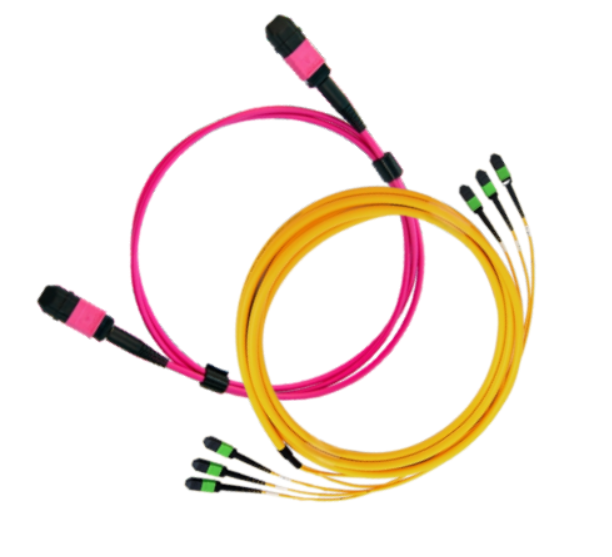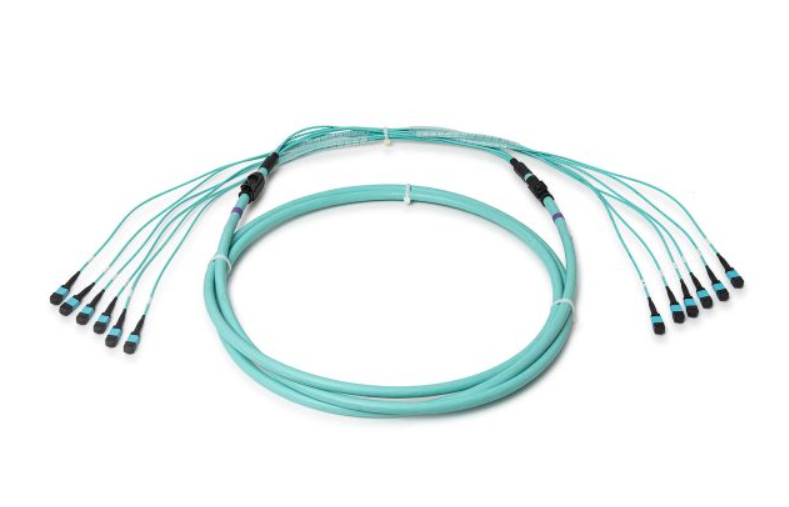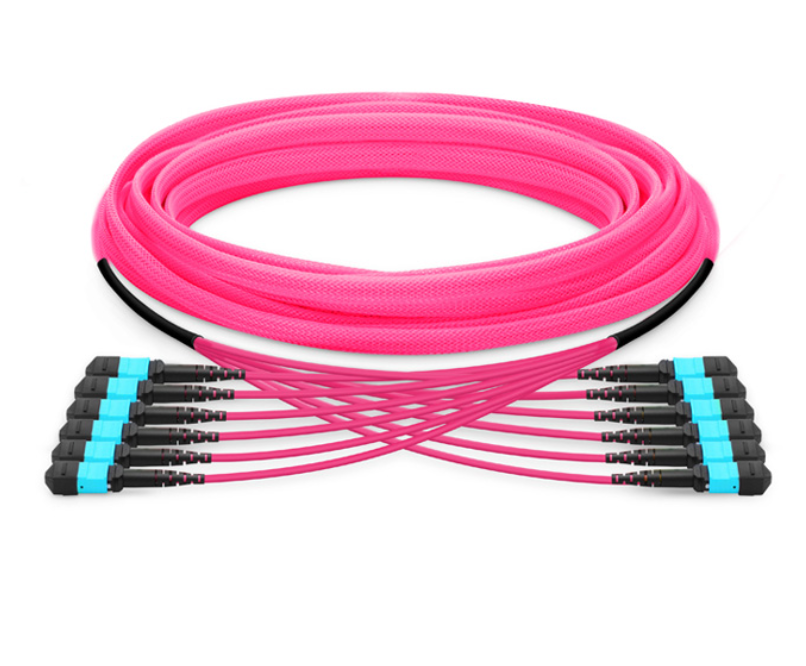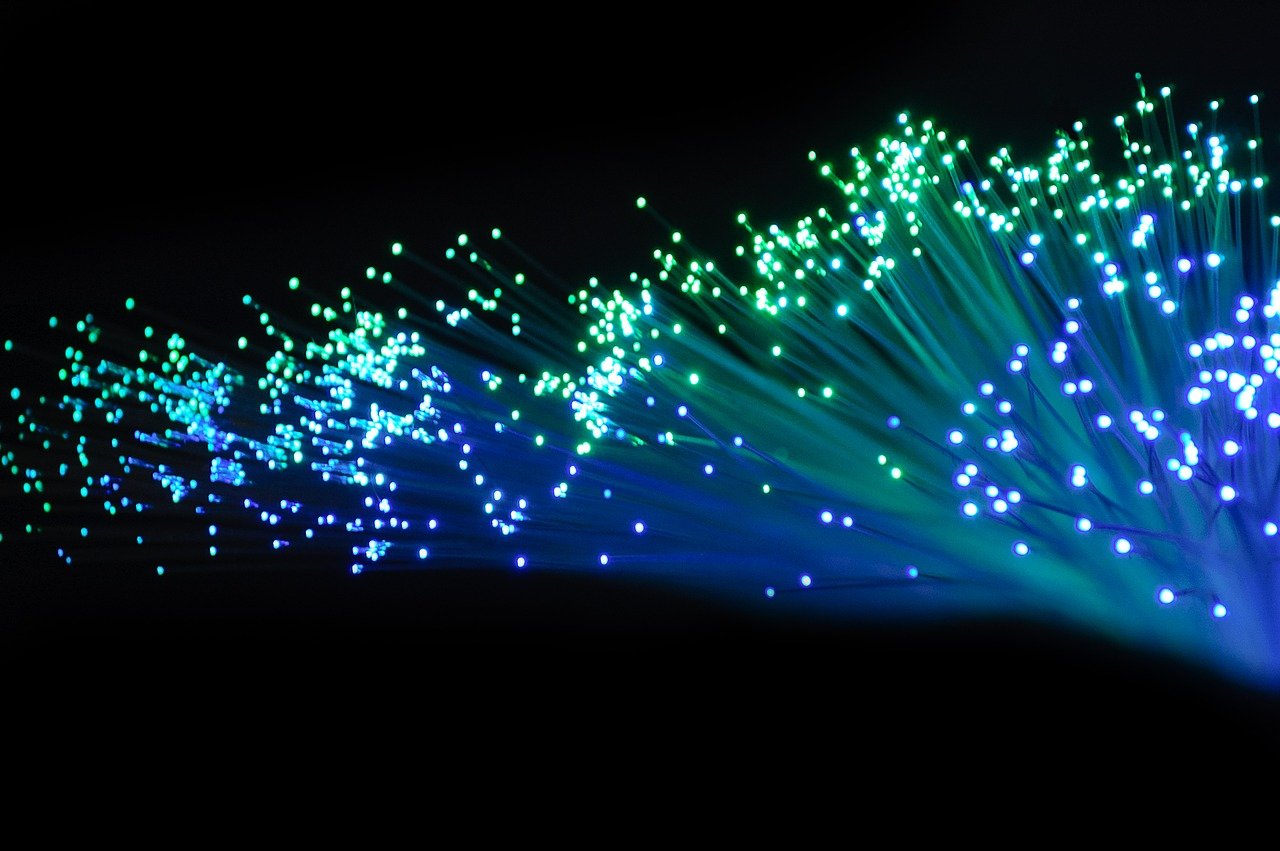The Future of MTP Trunk Cables: Advancements and Trends in Networking Technology

Unveiling MTP Trunk Cable Evolution
MTP trunk cables, also known as multi-fiber push-on trunk cables, have undergone a remarkable evolution in networking technology. These fiber optic trunk cables have played a significant role in enabling high-speed data transmission and connectivity. Over the years, advancements in MTP trunk cable technology have revolutionized the way networks are designed and implemented.
The evolution of MTP trunk cables has led to the development of high-density cables that can accommodate multiple fibers within a single connector. This breakthrough has greatly simplified cable management and improved overall network efficiency. With their compact design and superior performance, MTP trunk cables have become the go-to solution for organizations seeking reliable and scalable networking solutions.
Technological Advancements in MTP Trunk Cables
MTP trunk cables have witnessed significant technological advancements, leading to enhanced performance and improved network efficiency. These advancements have propelled the evolution of multi-fiber push-on (MPO) technology, enabling faster and more reliable data transmission.
Enhancing Performance and Efficiency
The latest advancements in MTP trunk cable technology have resulted in increased bandwidth capabilities and reduced signal loss. These innovations include improved fiber optic connectors, enhanced cable designs, and optimized manufacturing processes. As a result, MTP trunk cables can now support higher data rates and longer transmission distances, ensuring seamless connectivity for high-speed networks.
Furthermore, these advancements contribute to improved network efficiency by minimizing latency and maximizing throughput. With their ability to handle large volumes of data traffic simultaneously, MTP trunk cables enable efficient data transfer within complex network infrastructures.
Compatibility and Interoperability
One of the key advantages of MTP trunk cables is their compatibility with various networking devices. Whether it's switches, routers, or servers, these cables seamlessly integrate into existing network infrastructures without requiring major overhauls or modifications. This interoperability ensures smooth connectivity between different components of the network ecosystem.
Moreover, MTP trunk cables are available in different configurations to accommodate diverse networking needs. They can be used with single-mode or multimode fibers based on specific requirements. This flexibility allows organizations to choose the most suitable cable type for their applications while ensuring optimal performance.
Current Networking Trends and MTP Trunk Cables
MTP trunk cables have gained significant traction in various applications and industries, revolutionizing networking in the modern era. These high-density fiber optic trunk cables are being widely adopted across different sectors for their exceptional performance and versatility.
Applications and Industries
MTP trunk cables find applications in a diverse range of industries, including telecommunications, data centers, healthcare, finance, and more. In telecommunications, these cables play a crucial role in building robust communication systems that can handle increasing data demands. Data centers benefit from the high-density capabilities of MTP trunk cables to support the growing need for fast and reliable connectivity.
In the healthcare industry, MTP trunk cables enable seamless integration of medical devices and systems, facilitating efficient patient care delivery. The finance sector relies on these cables for secure and high-speed data transmission between financial institutions.
Benefits and Advantages
Using MTP trunk cables offers several benefits in modern network setups. Firstly, their high-density design allows for more efficient use of space within network infrastructures. With multiple fibers housed within a single connector, organizations can achieve higher port density while reducing cable clutter.
Secondly, MTP trunk cables address the challenges associated with high-speed data transmission by providing reliable connectivity with low insertion loss and minimal signal degradation. This ensures consistent performance even over long distances.
Additionally, these cables simplify installation processes due to their plug-and-play nature. They eliminate the need for individual fiber terminations, saving time and effort during network deployment or upgrades.

MTP Trunk Cables' Crucial Role in Data Centers
MTP trunk cables play a crucial role in optimizing data centers and ensuring their scalability and efficiency. These high-density fiber optic trunk cables are specifically designed to meet the demanding requirements of modern data center environments.
Data Center Optimization
MTP trunk cables contribute to data center optimization by supporting high-density connectivity. With their ability to accommodate multiple fibers within a single connector, these cables enable efficient use of space in server farms and network hubs. This high-density capability reduces cable congestion, simplifies cable management, and enhances overall airflow within the data center infrastructure.
Furthermore, MTP trunk cables reduce complexity in cable management by eliminating the need for individual fiber terminations. This simplifies installation processes and minimizes the risk of human error during network deployments or upgrades.
Future-proofing Data Centers
As data rates continue to increase and emerging technologies like 5G and IoT gain prominence, future-proofing data centers becomes essential. MTP trunk cables address this need by accommodating higher data rates and providing a scalable infrastructure for future growth.
These cables support the migration from traditional 10G networks to higher-speed networks like 40G or 100G, allowing data centers to keep up with evolving demands. Additionally, MTP trunk cables facilitate seamless integration with cloud infrastructure, enabling organizations to leverage the benefits of cloud computing without compromising on performance or reliability.
In building flexible and adaptable data center infrastructures, MTP trunk cables provide the necessary foundation for future advancements in networking technology.
Navigating Future Challenges and Opportunities
As MTP trunk cables continue to evolve, it is crucial to consider various factors when choosing the right cables for your networking needs. Understanding these considerations will help you make informed decisions and ensure optimal performance.
Considerations for Choosing MTP Trunk Cables
When selecting MTP trunk cables, several key factors should be taken into account. Firstly, consider the cable type that best suits your requirements. Whether it's single-mode or multimode fibers, understanding the specific needs of your network infrastructure will guide your decision-making process.
Secondly, evaluate the available connector options. MTP connectors come in different configurations, such as 12-fiber or 24-fiber connectors. Assessing the compatibility of these connectors with your existing equipment is essential for seamless integration.
Lastly, consider the fiber count required for your network. Determine the number of fibers needed to support current and future data transmission demands. This foresight ensures scalability and avoids potential bottlenecks down the line.
Future Challenges and Opportunities
While MTP trunk cables offer numerous benefits, there are challenges that may arise with their increasing adoption. One challenge is ensuring proper installation and maintenance practices to maximize performance and minimize signal loss. Proper training and expertise in handling these cables will be crucial.
However, with challenges come opportunities for innovation and growth. As technology advances, new developments in MTP trunk cable design are expected to address existing limitations and further enhance their capabilities. These emerging advancements will pave the way for more efficient data transmission, increased bandwidth capacity, and improved network reliability.
By staying informed about future trends in MTP trunk cable technology, organizations can leverage these opportunities to optimize their network infrastructure and stay ahead in an ever-evolving digital landscape.

Shaping the Future of MTP Trunk Cables
The future of MTP trunk cables is filled with exciting advancements and trends that will continue to shape the landscape of networking technology. These high-density fiber optic trunk cables have come a long way, and their journey is far from over.
With ongoing innovations and improvements, MTP trunk cables are poised to meet the increasing demands of high-speed data transmission and connectivity. The multi-fiber push-on (MPO) technology behind these cables enables seamless integration into existing network infrastructures, making them an ideal choice for organizations seeking reliable and scalable networking solutions.
As the industry progresses, we can expect further advancements in MTP trunk cable design, such as increased fiber counts, improved signal integrity, and enhanced compatibility with emerging technologies. These developments will play a crucial role in supporting the evolving needs of data centers, telecommunications networks, and various other industries relying on fast and efficient connectivity.
In conclusion, MTP trunk cables are at the forefront of networking technology advancements. Their high-density capabilities, compatibility with diverse applications, and ability to address challenges related to high-speed data transmission make them an indispensable component in modern network setups.
See Also
Advancements and Trends in Fiber Optic Technology for Rodent Proofing
Innovations and Trends in Fiber Optic Termination Technology
High-Speed Data Transmission: Advantages of OM4 MTP/MTP 12 Strand Multi-Fiber Patch Cables
Using OM4 MTP/MPO to LC 8 Fiber Breakout Cables: The Key Benefits
Trends and Innovations in Hardened Connector Technology for Fiber Optic Networks


